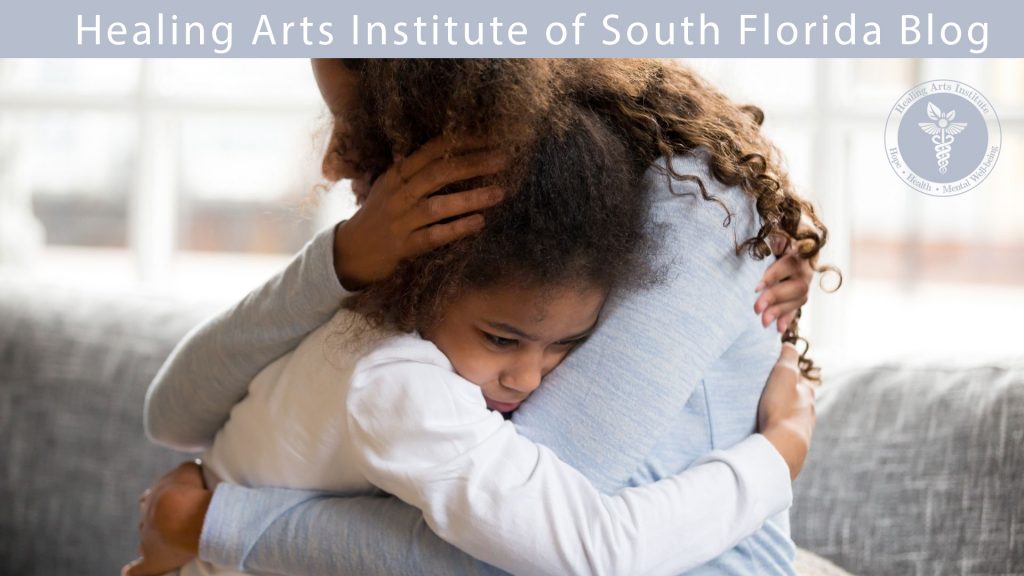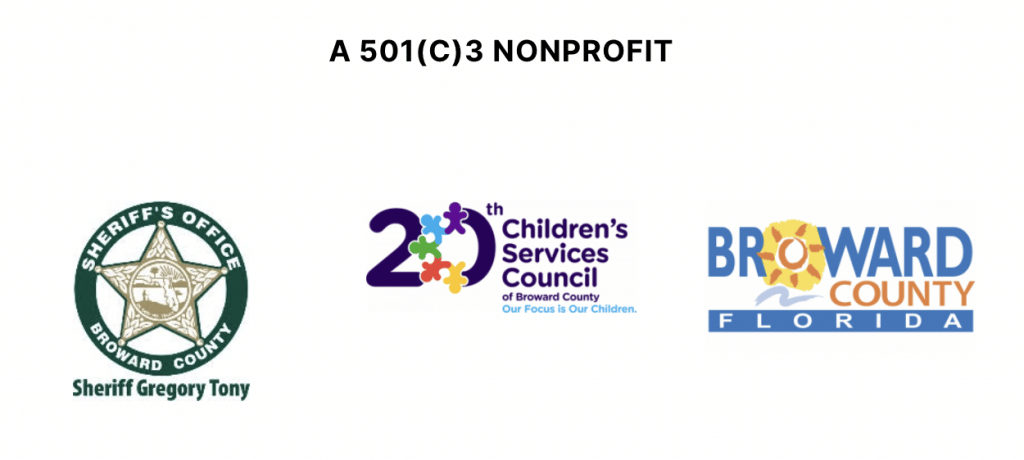
The way we interact with others and form relationships is strongly influenced by how we learned to relate to our parents as children. For some, it seems quite easy to form new relationships with new people. Nurturing those relationships and forming strong long-term bonds seems instinctual. For others struggling with childhood emotional abandonment, trying to form those same connections may feel like an impossible task.
Someone once tried describing their difficulty with building relationships as if they were an alien observer attempting to figure out how humans on Earth make healthy connections.
But we’re all human, aren’t we? Why then do we find it so difficult to relate to one another?
This answer is complex and multi-faceted, and we will be covering varying aspects of these dynamics in future articles. Today we are going to focus on one contributor – attachment style.
Childhood Origins
When we are very young and very small children, we learn how to interact with the world based on how we experience our immediate surroundings. Who then is more immediate than our parents? We have an instinctual need for comfort and security in a large and unfamiliar world. Our caregivers are most responsible for providing us with that need.
People (including parents) are imperfect. We are all doing the best we can. Sometimes parents may not be able to provide the needed level of emotional security that their child instinctively craves. Usually, this is because of their own learned experiences growing up. It becomes an inter-generational dilemma.
A child may always have clothes and food, and their parents may always be physically present. But if that child feels that their basic need for emotional security is not being met, the result may be the development of unhealthy attachment styles as that child grows up. Essentially, that child is exhibiting trauma as the result of abandonment.
Today we are going to briefly talk about three attachment styles so that you can begin to think about yours. Next week, we are going to talk about how you can start forming healthier and longer-lasting relationships if you are struggling with a difficult attachment style.
Anxious Attachment
People with an anxious attachment style have a very hard time being alone. The thought of being alone can cause extreme distress and panic. The anxiety only worsens as the person perceives that a relationship is beginning to distance, and their fear of rejection begins to take hold.
As the panic worsens, they may overcompensate by chasing and “smothering” others with attention in a desperate attempt to maintain control of the situation. One unanswered phone call may turn into ten. Dozens of text messages may be sent in desperate hope for a response.
Unfortunately, these very actions often destroy the relationship leading to the very catastrophe that the person was attempting to avoid.
Avoidant Attachment
People with avoidant attachment styles will often withdraw from a relationship before being hurt by it. They can become overwhelmed by the emotional requirements needed to maintain healthy long-term connections. The moment they perceive that a relationship has reached a challenging point, they bail before the other person has a chance to reject them. This is the opposite of anxious attachment. Their anxiety will increase as people attempt to become closer to them or “chase” them.
Avoidant types may seem aloof and cool when things get rough, but they withdraw because they are afraid of rejection and judgment. The thought of going through rejection is more painful than not having a relationship at all. They choose what they perceive as the less painful option.
Disorganized Attachment
People with a disorganized attachment style may be perceived as cold, distant, and lacking empathy. Their fear comes from the thought of forming lasting long-term relationships as all. Unlike the anxiety and avoidant types, the disorganized attachment type may not feel that it’s possible to form true lasting relationships at all. So, why bother trying when it’s just going to end on disappointment and pain?
Final Thoughts
All of these relationship approaches are anchored in childhood abandonment trauma and are allowed to persist through our distorted perceptions of how relationships are formed and maintained.
The good news is that abandonment challenges are treatable! We must first recognize our patterns of behavior so that we can begin to challenge our negative thought patterns. We have to remove damaging belief systems and replace them with more realistic and positive ones.
Until we do this, we will be trapped in a recurring cycle of behavior that might keep us from developing happy and healthy relationships throughout our lives.
Read these interesting related articles from the Healing Arts Blog!
Citations:
A brief overview of adult attachment theory and research: R. Chris Fraley. A Brief Overview of Adult Attachment Theory and Research | R. Chris Fraley. (n.d.). Retrieved January 26, 2022, from http://labs.psychology.illinois.edu/~rcfraley/attachment.htm
What is attachment theory? Bowlby’s 4 stages explained. PositivePsychology.com. (2021, December 13). Retrieved January 26, 2022, from https://positivepsychology.com/attachment-theory/
YouTube. (2021). YouTube. Retrieved January 26, 2022, from https://www.youtube.com/watch?v=NZSRwOxRg1U.


No responses yet